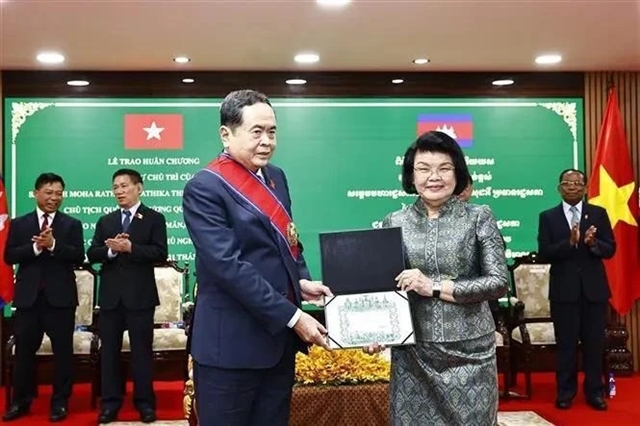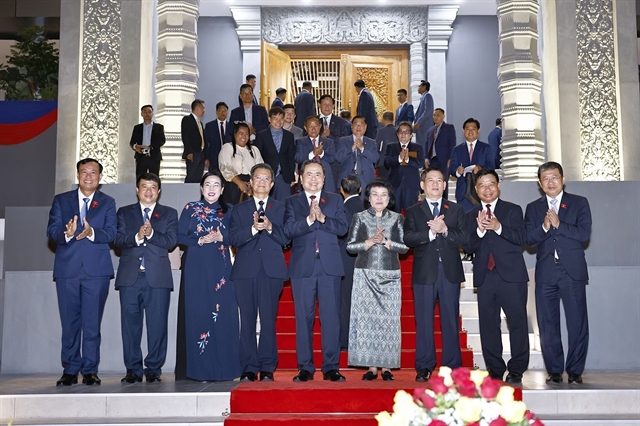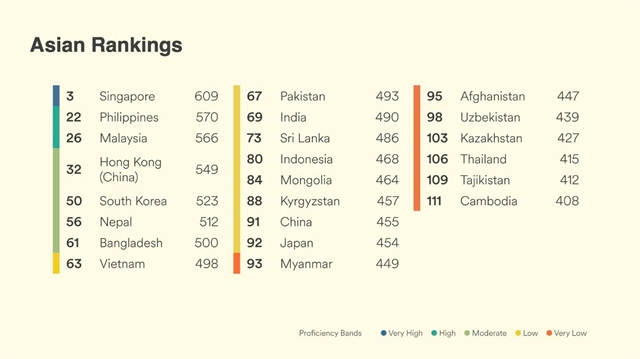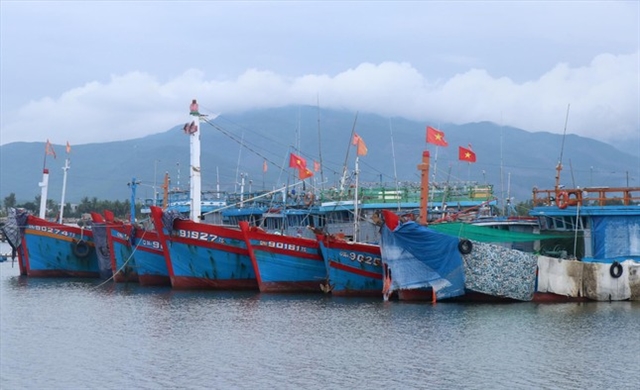 Society
Society
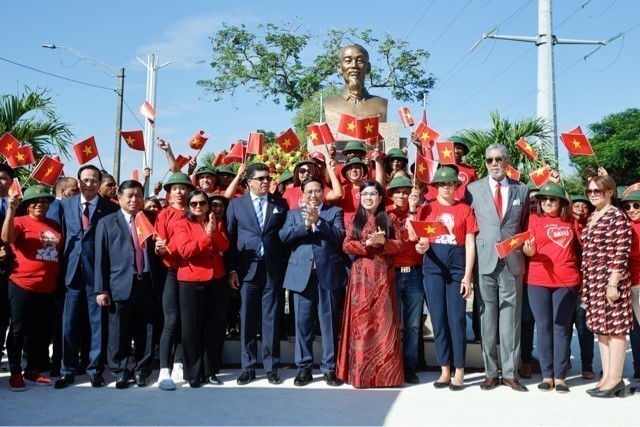
For many ethnic people, solar energy is a new concept, but Phạm Thi Năm, a 50-year-old Mường woman from Đồng Lương Commune in Thanh Hóa Province’s Lang Chánh District, now knows what it’s all about.
56345129PM.jpg) |
| Let theren be light: Trần Văn An instructs Phạm Thị Năm how to repair solar lanterns. — VNS Photo Trần Văn An |
HÀ NỘI — For many ethnic people, solar energy is a new concept, but Phạm Thi Năm, a 50-year-old Mường woman from Đồng Lương Commune in Thanh Hóa Province’s Lang Chánh District, now knows what it’s all about.
Nam went to India to learn solar engineering skills and helped bring light to dozens of households in her village.
Năm was chosen with other four ethnic women in the northern province of Thanh Hóa to attend a six-month training course at Barefoot College in India in 2015 under a project that focuses on creating opportunities for poor women to learn about solar energy.
Upon hearing the news, Năm said, she felt joyful, but nervous. “I was scared. I didn’t know anything about electricity. Never before had I seen a bulb or electricity wire,” she said.
She had finished fifth grade and couldn’t speak any foreign language, so people wondered how she could acquire solar engineering skills.
Her family also voiced their concerns as she had never left her village before.
However, with strong determination, Năm made up her mind and convinced her family to let her to go to India.
“The commune where I live is remote and has no electricity. Thus, I wanted to do something to help my community,” she said.
The first three weeks were a great challenge to Năm and her friends. They felt homesick and could not get used to the food in India.
In addition, she had no ability to speak or understand English so she couldn’t learn about electricity circuits and equipment.
“As soon as we arrived at the college [Barefoot College], we met people who had finished the course. Although we didn’t exchange any words, we shook hands which made me feel emotional,” she said, adding that many people also embraced her as encouragement.
“It’s lucky that we had lecturers who were creative and enthusiastic at the college,” Năm said.
To overcome the language barrier, they used colour-coded charts to help students remember the permutations and combinations of the wires through listening and memorising without needing to read or write.
Năm said that more than 50 people from 12 countries learned together in the same class. It took them a month to learn by heart the name of all equipment relating to electricity and solar energy.
After a six-month course, they could assemble solar lamps and know how to repair and maintain them.
Back home, Năm shared what she had learnt with four other members of a solar energy board, which she led.
“When the equipment was brought to the village, I was a little bit anxious as I did not know whether I could remember all the knowledge as well as skills and if I could install the device. Fortunately, everything was good," she said.
A few technical problems occurred during the installation process. However, she and other members of the solar energy board handled them without much difficulty.
They went to each house in the village to install the equipment, including solar panels, batteries and solar lanterns.
Several weeks later, the entire village was lit up by solar power and Năm’s world was changed forever. Villagers also set up a solar energy fund used for equipment maintenance and purchasing replacement parts when needed.
Thanks to her dedication and hard-work, she can share her knowledge with people in neighbouring villages.
Năm said she was not only capable of installing and repairing light installations for her family, but also for her relatives and villagers.
“Every Saturday, villagers bring solar energy equipment which has broken down to the village warehouse for her to repair,” she said.
When asked about his impressions of Năm, Trần Văn An, a project official, said she was special among the four solar engineer trainees sent abroad.
“She is open, active, intelligent and gentle. She knew how to apply skills and knowledge of her own as well as from project officials," he said.
The project, which began in January 2015 and ended in June 2016, is funded by GRET, a French non-governmental organisation. Present in Việt Nam since 1989, GRET has implemented many projects in agriculture, rural development and community health.
The project has been implemented in six villages in the Lang Chánh and Bá Thước districts of Thanh Hóa Province, enabling poor women to access solar energy through training.
Under the project, about 240 households in remote villages now have access to energy and can notice the improvement to their lives and living conditions.
Project official An said he remembered helping one householder to install the first solar system in Đồng Lương Commune in 2016.
“An elderly man of about 90 years was so amazed at the power of solar that he wept," he said.
The old man said it was the first time he saw electric light in his life. He then offered a cup of wine to cheer the workers from the solar energy team.
Both An and Năm are now looking foward to receiving more financial support to continue the project in more than 90 underprivileged villages in the province. — VNS

